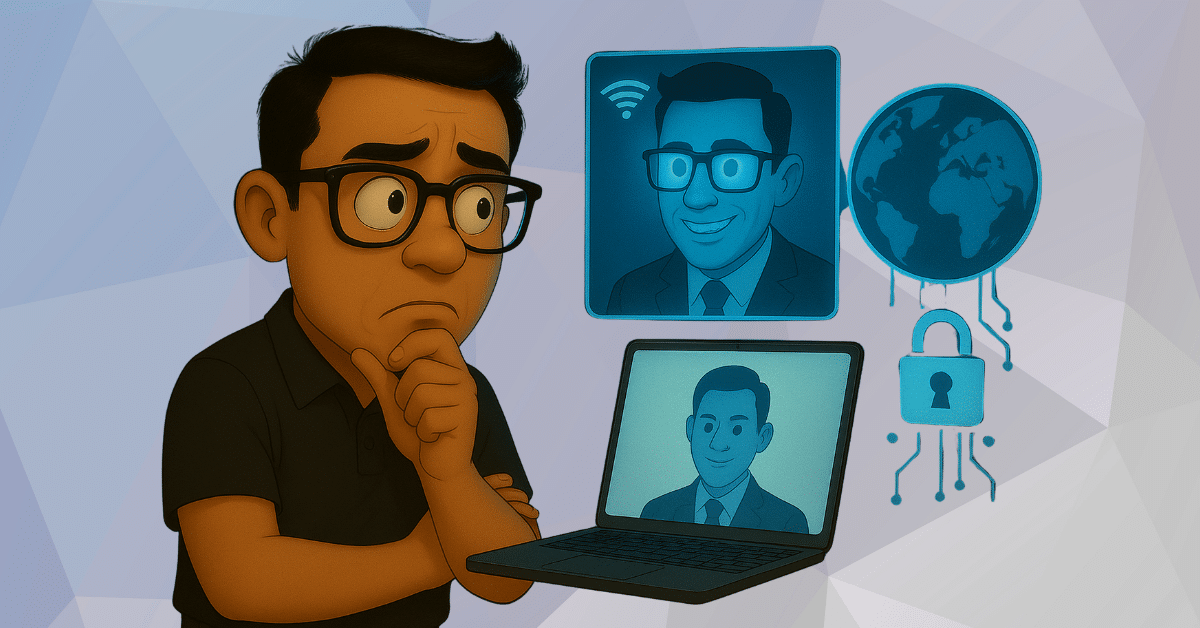Cybersecurity Compliance isn’t a “one-and-done”
A few years back, a middle-level employee at a financial institution opened what appeared to be a normal HR email. It was actually a phishing scam—and because their training was nearly two years old, they didn’t know what to watch for. The outcome? Hijacked credentials, locked accounts, and a cleanup cost that climbed into the millions. All because the training they depended on was outdated.
That scenario is more prevalent than most realize. Which leads back to the question so many business leaders pose: How frequently should Cybersecurity Compliance training be refreshed? The short answer: more frequently than most companies do now.
The Everyday Challenges Employees Face with Cybersecurity
Picture sitting through an extended yearly training session. You click through slides, complete some quiz questions, and mark the compliance box. Then you return to work, managing emails, deadlines, and logins. Weeks later, you’re looking at a message that seems suspicious, but the memory of that one-per-year training has washed away.
That’s the problem. Employees are not careless—they’re working. They’re multitasking, juggling distractions, and security sometimes feels like an added extra hurdle to jump. If the training is not refreshed and reinforced, people fall back into old patterns.
The actual threat comes when they do hesitate. Cybercrooks are aware that employees have multiple tasks, and they craft deceptions to take advantage of that very distraction. With no constant reminders and updated examples, even a well-meaning employee can get caught off guard.
Why Frequent Cybersecurity Training Is More Important Than Ever
Cyber threats don’t have a calendar reminder to wait for. They evolve continuously. It was perhaps phishing emails that mimicked package deliveries last year. This year, it could be imitated cloud login pages or AI-created messages that seem surprisingly authentic.
IBM found that nearly 80% of breaches have some element of human error involved. That doesn’t mean employees don’t care; it means attackers are constantly shifting tactics while training often stands still. Add remote work, personal devices, and home Wi-Fi networks into the mix, and the risks only multiply. Outdated training is like teaching someone to drive using a manual from the 1980s—you’ll miss the hazards of today’s roads.
And worst of all, cyberattacks don’t only harm money. They impose operations disruptions, destroy customer relationships, and can even lead to regulatory investigations. The breach cost goes far beyond dollars—it reaches every aspect of a business.
Regulatory Requirements for Cybersecurity Compliance Training
Regulators have made it clear: in healthcare, finance, retail, or any sector that handles sensitive information, consistent training is not optional. HIPAA, PCI DSS, GDPR—they all require businesses to keep their staff up to speed and in the know.
But it’s not about preventing fines. Customers themselves are paying attention. If a company regularly updates its cybersecurity compliance training, it demonstrates a greater level of commitment. It’s not merely “we’re protecting ourselves.” It’s “we’re protecting you too.” In today’s world, that type of trust is as valuable as revenue.
Investors, partners, and suppliers notice, too. Consistently refreshed training sends the message of maturity, responsibility, and readiness. In a world where data breaches hit the headlines every week, those messages weigh heavily.
Best Practices for Refreshing Cybersecurity Compliance Training
So, how frequently should Cybersecurity Compliance training be refreshed? At the very least, think of updating once annually—but a more intelligent strategy is to include quarterly updates with minimal refreshers between them. That may sound excessive, but there are simple methods to make it feasible:
- Brief lessons rather than marathons. Five-minute video or quiz that workers can finish in between conferences is more likely to remember than a two-hour presentation.
- Real-world examples. Display the most recent phishing sample or text scams so individuals can spot them in the wild.
- Role-specific training. Finance employees must know about bogus invoices, while engineers need secure coding reminders. Various professions, various threats.
- Rapid refreshers. When a new threat arises, provide a quick refresher right away, not months from now.
- Friendly reminders. Break room posters, brief mentions in newsletters, or “phishing test” emails make the lessons stick without being heavy-handed.
Practicality is as important as frequency. As long as training is interesting, easy to understand, and applicable, workers will be more apt to welcome it into their daily routine rather than viewing it as another corporate obstacle.
Creating a Cybersecurity Culture, Not Just a Checklist
Refreshing training isn’t merely about the content—it’s about establishing a mindset where individuals are going to be proud to participate. If managers implement multi-factor authentication, discuss phishing emails openly, and make training a priority, employees will be more inclined to do the same.
Coworkers have a role, too. When someone discreetly reminds another coworker not to reuse a password or to make sure an email link is legitimate, it drives the point home in plain language. With time, security is a part of “how we do things here,” and not another compliance activity.
The culture story is usually the missing piece. A well-written policy doesn’t matter if it is sitting unread in a binder. But when individuals witness leaders exhibiting safe habits and coworkers calling out one another, training becomes real.
Real-World Examples of Training Updates Making a Difference
At one healthcare facility in Chicago, employees completed brief quarterly refreshes. One nurse caught a phishing attempt in her email, recalled the recent refresher, and flagged it. That single act allowed the IT team to thwart a bigger attack before damage was inflicted.
At the same time, a Texas manufacturing business hadn’t done any training in nearly two years. Workers never received instructions on ransomware that propagates by pretending to be shipping notices. When the attack arrived, several individuals clicked mindlessly. Production collapsed, and millions were lost. The difference between the two tales is timing—and training that stayed abreast of threats.
These real-life results demonstrate how fresh training is not just a nicety—it’s an upfront line of defense against losses that might destroy a company.
How to Sustain Cybersecurity Training Momentum
Cybersecurity training doesn’t stop when the seminar is over. Great companies integrate it into work rhythm. That may be in the form of brief monthly reminders, on-the-spot audits to determine if habits are taking hold, or rewards for employees who report suspicious activity.
Feedback loops are equally valuable. When employees feel comfortable asking questions without risking sounding foolish, training is more effective and applicable. When individuals sense being heard, they’re more inclined to participate. And when updates happen on a regular basis, the lessons remain front-of-mind rather than getting lost in the background.
Companies can gamify the process too. Light-hearted competitions based on identifying phishing emails or rewards to top security performers make it light-hearted without diluting seriousness.
Cybersecurity Training as a Long-Term Investment
The price of refreshing training is dwarfed by the price of a breach. For leaders, this isn’t about budgeting for yet another workshop—it’s about investing in resilience. Each refresh lowers the risk of a calamitous incident, guards customer confidence, and enhances the business’s reputation.
Consider it insurance: you never want to need it, but when you do, you’ll be happy you spent the money. Only instead of disaster avoidance, the return is confidence, culture, and credibility in the process.
The Bottom Line: How Often Should Cybersecurity Training Be Updated?
So, how frequently should Cybersecurity Compliance training be refreshed? The response is: as frequently as the threat environment requires. At least annually, but preferably every several months in small, significant increments.
Consider it more of an ongoing workout regimen rather than a once-a-year workshop—you don’t visit the gym once per year and then magically have gains. Progress is achieved through consistency.
Continuing updates keep workers on their toes, shield consumers, and show a business’s dedication to protection in tandem with expansion. Businesses that approach training as a regular tradition, rather than an annual checkbox, will be ones individuals trust most in a volatile digital landscape.














